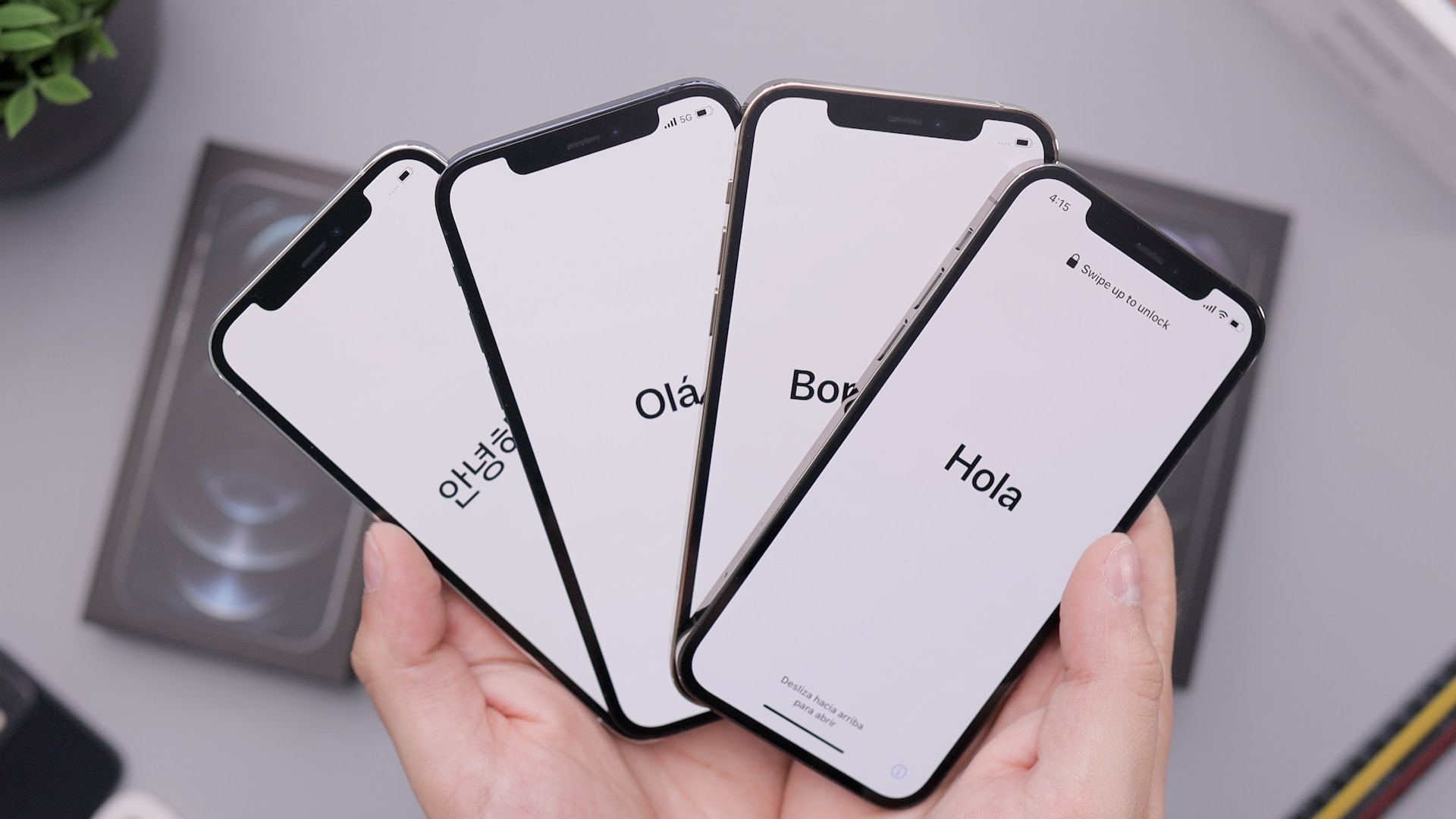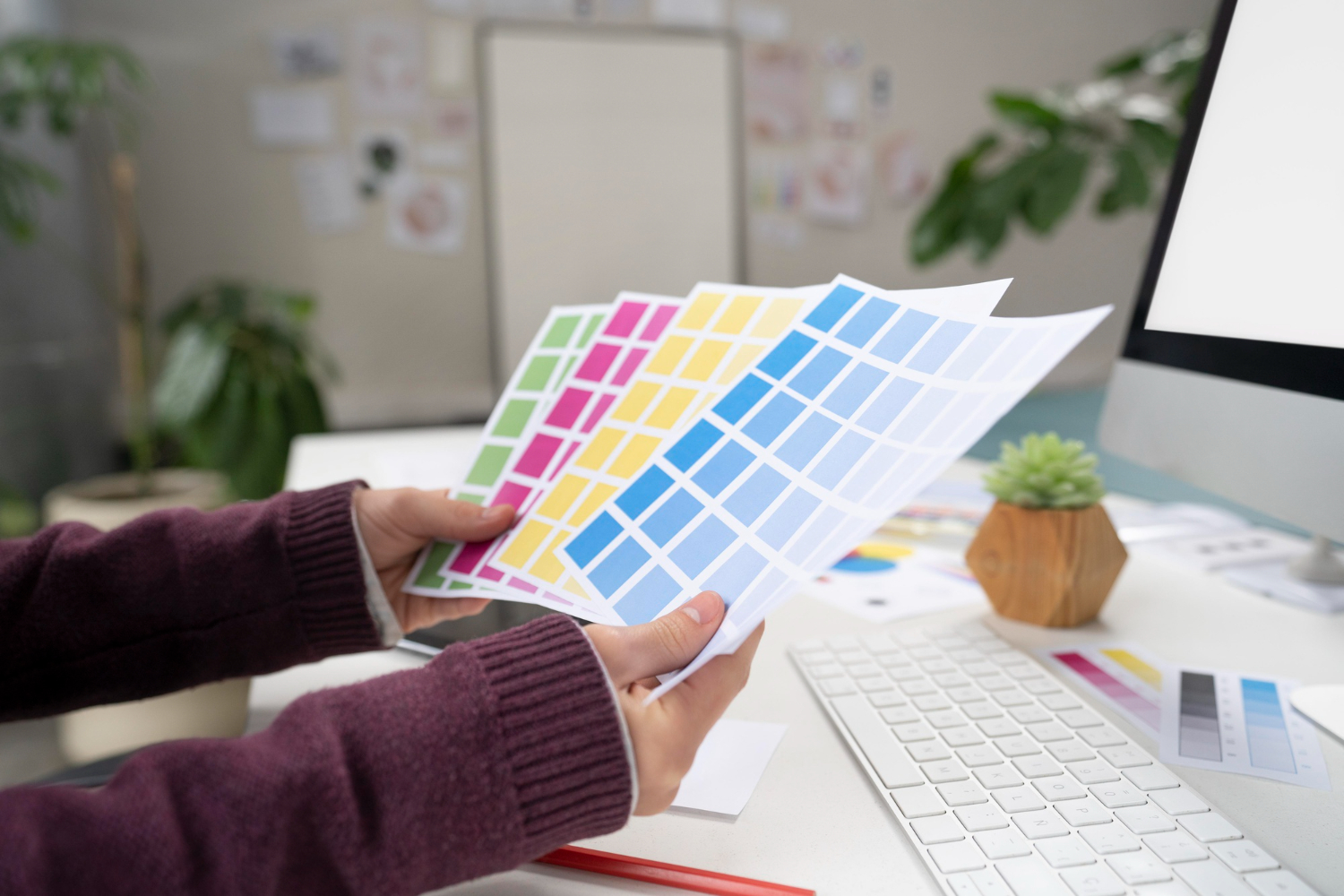A common mistake done by most people who are starting UI/UX design is that they don’t have a process in place. It’s always good to follow a process as it helps save time and have a smooth workflow.
Follow the below steps before you actually start with UI/UX Design for your website:
- Understand
- Research
- Analyse
- Design
- Test
Step 1. Understanding the product

You first need to understand what the product is before you start your research. It’s very important to have a clear picture in your head about the product. You need to get the basics down i.e understanding the brand and the users.
Addressing the user pain points is the right direction to go, for that you need to ask yourself these questions :
- What’s their problem?
- What issue are you trying to solve for your user?
- What problem are you trying to solve?
When you understand and have answers to this question, your next step is to do research about the current UI/UX Design standards and also the competitors.
Step 2. Research

After you understand the product and you know what questions you are trying to solve, you need to begin your research. Research is the basic step in user experience design. Don’t just use google for your research. Think about the users first, that’s the first step. The user research you do is going to be the foundation of your product. Think about who the users are? Where are they from? Make a list of the requirements.
“Want your users to fall in love with your designs? Fall in love with your users.” — Dana Chisnell
Be open to taking interviews of the people in the target audience. Take surveys. Do research on the competitors approach, check the latest trends in UI.
Step 3. Analysis

Now you have all the data from the first two steps, you can use this to funnel down to what they need and what they expect. You can use this to build up user personas.
“Personas are fictional characters created to represent the different user types that might use a site, brand, or product in a similar way.” Wikipedia
We build a person according to the data of the target audience and it has a number of things like Goals, age, gender, pain points, needs, etc. If you ever get stuck in the design process you can always refer to the user personas.
Here are some resources you can use:
UX Booth
Xtensio
Uxpressia
After the personas are created you can start creating a user journey map. A user journey map is just the representation of the users interactions with the product.
Click here for a good example of a journey map.
When you create a scenario, make sure every user has a goal to achieve and you have to define the steps the user will go through to reach the goal.
Step 4. Design

Now, it’s time to actually start building up the product. Most people start with high fidelity wireframes but it’s better to start with low fidelity wireframe. This is better because you don’t spend much time on creating the wireframe but spend time on exploring different options. Wireframe is important, the aim of it is to get an understanding of the product and how the user flow will be and also get a visual understanding of it. It’s important to label everything in the wireframe so it presents all the information to be displayed on the page and give an visual understanding of how the product will look.
It’s also easier to adapt from a wireframe than from just a concept design. This is a back and forth process where you and the developer have to sit together and work on the product. Take the positive feedback.
“Some people think design means how it looks. But of course, if you dig deeper, it’s really how it works.” — Steve Jobs
Step 5. User Testing

After designing and redesigning the product, you ship all your assets to the developer and then you wait for a high fidelity working version of your product. Once the product is delivered you can start testing it. There are ways you can do that by user testing, beta testing and soft launch.
The main purpose for testing is so that you can identify all the problems and solve them.
As the product continues to grow you can always repeat the steps to help improve your product. For every product the steps might be different but the important thing is that you find a process that works for you and your users.
Read more blogs like this on Agaetis and contact us for all your website design services.


